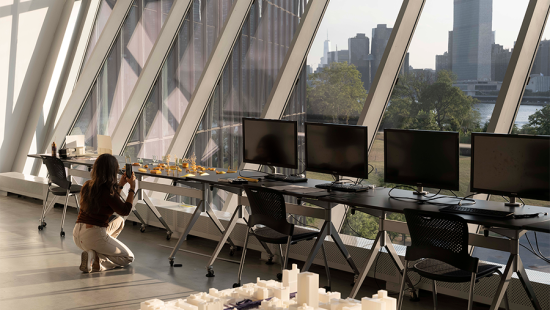AAP Faculty, Students, and Alumni at the 2021 Venice Biennale of Architecture
In response to the theme "How Will We Live Together?", AAP is represented in contributions to several international pavilions, exhibitions, and events at the six-month exhibition that seeks "a new spatial contract."
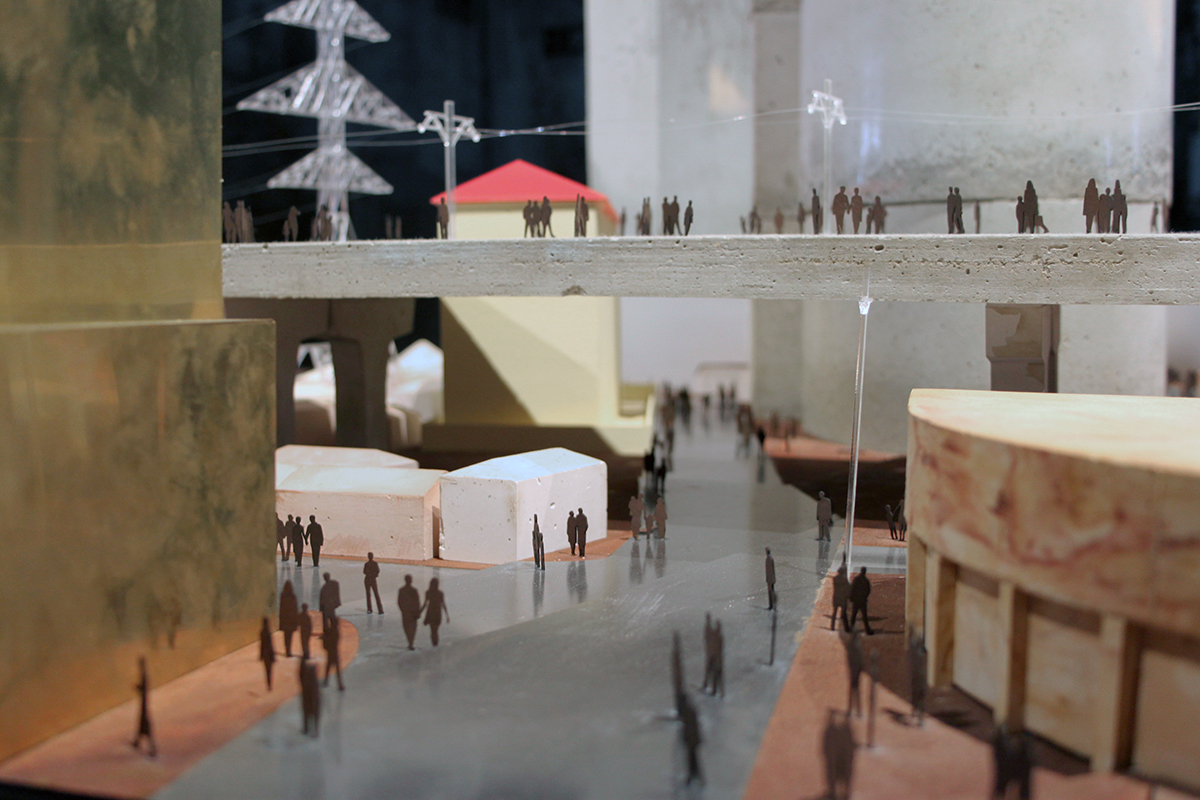
Detail view of Quo Addis: Conflicts of Coexistence, a reimagining of Addis Ababa by Felix Heisel, Marta H. Wisniewska, and collaborators. photo / Elena Boermanc
Originally scheduled for 2020 and postponed by the pandemic, the 17th International Architecture Exhibition of the Venice Biennale — "How Will We Live Together?" — runs this year from May 22 to November 21. "It is indeed as much a social and political question as a spatial one," writes curator Hashim Sarkis. "We need a new spatial contract. In the context of widening political divides and growing economic inequalities, we call on architects to imagine spaces in which we can generously live together."
The architecture exhibition is part of the larger Venice Biennale (La Biennale di Venezia), a massive juried international exhibition of the arts and design disciplines held every other year in Venice, Italy.
Contributors answering the exhibition's thematic question include the Department of Architecture faculty, alumni, and a doctoral candidate.
Esra Akcan, Michael A. McCarthy Professor of Architectural Theory, HAUD; Director of European Studies, Einaudi Center for International Studies
"Architecture in the Age of Migrations": exhibition catalog
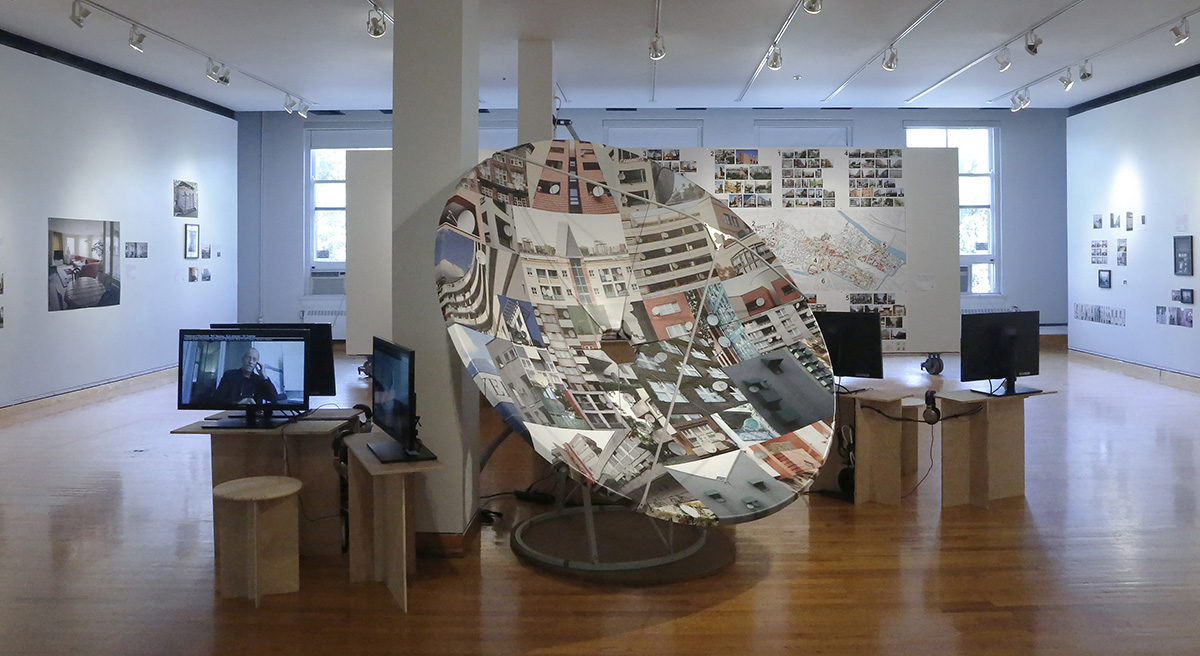
Akcan contributes to the main Venice Biennale catalog with her essay "Architecture in the Age of Migrations." A reflection of Akcan's book Open Architecture, she writes, "We live in the century of migrations." She calls on architects who are committed to justice and diversity to respond with open architecture and exemplifies formal, procedural, and programmatic modes of latent open architecture in history that one could build upon — examples that reveal the immigrant agency in placemaking and worldmaking against all difficulties.
Sara M. Anwar (B.Arch. '02)
Pakistan Pavilion: Mapping Festivities
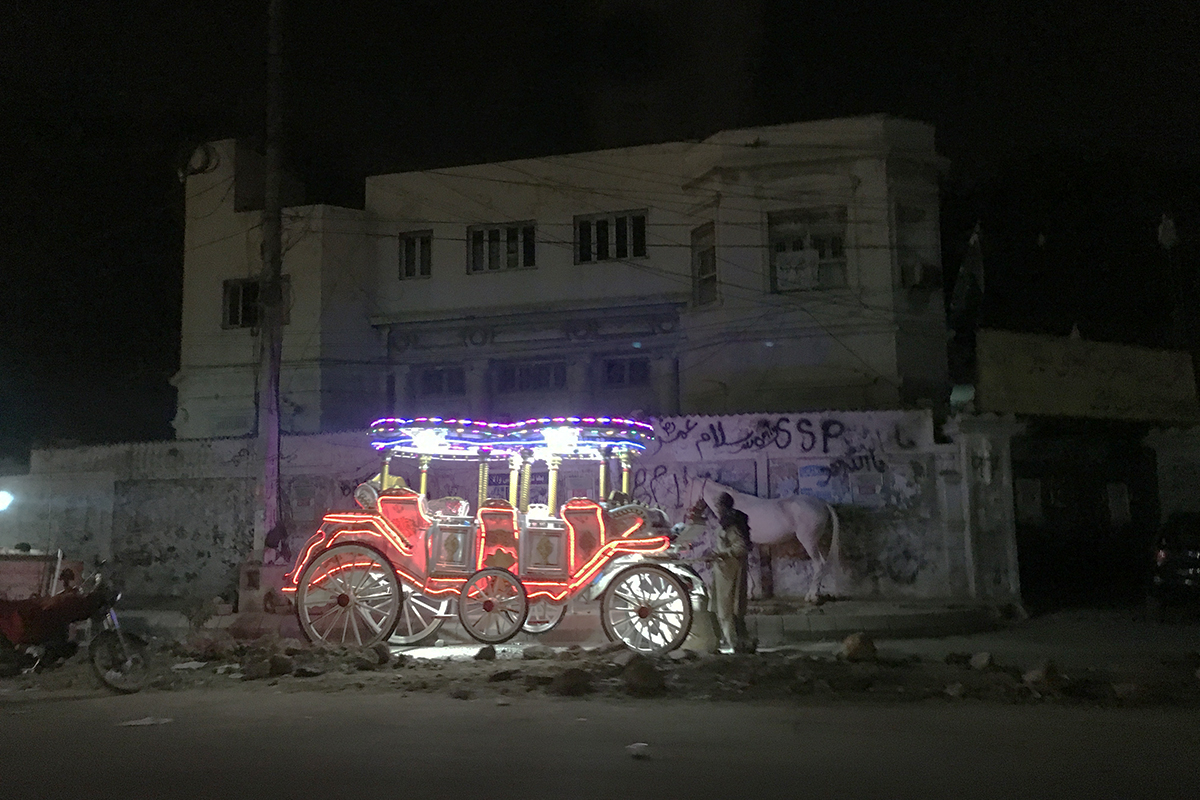
Anwar is the curator of the Pakistan Pavilion, "Mapping Festivities," exploring the shadi (marriage) halls as an architectural typology of post-partition Pakistan through the transformation to the colonial domestic villa project as an organic response to urban and social needs.
Exhibitors include Anwar, research director Madeeha Yasin Merchant, lead researcher Farhan Anwar, Shama Dossa, and Hira Zuberi. Opening Thursday, May 20 with a digital exhibition and interactive interface consisting of video, data visualization, architectural documentation, critical essays, and tarot cards, operates at the scale of the city, the street, and the wedding venue, mapping supply chains, community networks, and the wedding venues as sites for performance. Haphazard and resilient systems of survival, these sites of cultural production act as egalitarian spaces in the city, that support a network of industries, allowing different industries, communities, and social classes to coexist. As the Pakistan Pavilion evolves over time, a second opening is planned for August. Andrea Simitch, the Stephen H. Weiss Presidential Fellow and Chair of the Department of Architecture at AAP, will provide editorial assistance on a planned exhibition catalog intended to include a series of drawings and Cornell student contributions.
Alessandra Cianchetta, Visiting Critic, Architecture
The Commons and Fields of Line: Rebel Architette, Italian Pavilion; Cyprus Pavilion
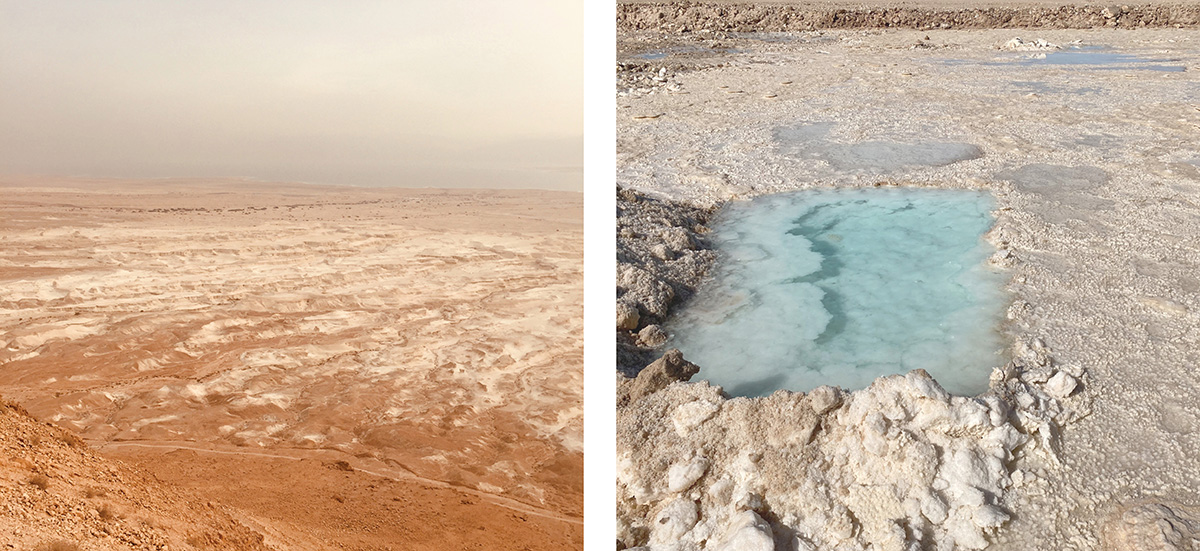
Alessandra Cianchetta's contributions are part of exhibits, installations, and pavilions this year. The Commons, a video installation with James Melsom of LANDSKIP (Sydney, Australia), explores the contemporary notion of "die Allmende" — the landscape commons — through images of deserts shot across continents during the pandemic year. It is part of the exhibit Future Assembly, a "collective exhibition within the exhibition" reflecting on the 75-year history of the United Nations Charter and curated by Studio Other Spaces (Olafur Eliasson, Sebastian Behmann) with Caroline Jones, Hadeel Ibrahim, Kumi Naidoo, Mariana Mazzucato, Mary Robinson, and Paola Antonelli. Cianchetta's work is also featured in a site-specific sculpture installation Fields of Line with Viennese artist Sonia Leimer, located at Forte Marghera site. Selected built projects by Cianchetta are part of the "Rebel Architette" section of the Italian Pavilion, and her work can also be found in this year's Cyprus Pavilion.
Felix Heisel, Assistant Professor, Architecture; Marta H. Wisniewska, Lecturer, Architecture
Quo Addis: Conflicts of coexistence: Co-habitats, Arsenale

Heisel's and Wisniewska's past research and scholarly work are part of the collaborative interdisciplinary team for Addis Ababa, exhibiting in the "Co-habitats" section of the Biennale, at the Arsenale. Their installation, Quo Addis: Conflicts of Coexistence is a fictional model of the Ethiopian capital city consisting of multiple layers, each representing a particular political regime whose traces remain in Addis Ababa's urban socio-spatial fabric — from the Age of Empire to occupation to European-sponsored modernization to the USSR-backed socialist regime and others, through to contemporary mega-development ventures sponsored by foreign actors. To this amalgam, a final layer foregrounds alternative ways of how Addis Ababa might live together in the future. The installation is the result of many years of collaborative research between the involved partners: Marc Angélil, Katharina Blümke, Dirk Hebel, Felix Heisel, Jenny Rodenhouse, Bisrat Kifle Woldeyessus, Willy Abraham, Nikolai Babunovic, Emmanuel Bekele Fulea, Uta Bogenrieder, Sascha Delz, Sarah Graham, Andreas Heil, Ben Hooker, Philipp Jager, Anita Knipper, Ephrem Mersha Wolde, Manfred Neubig, Manuel Rausch, Bernd Seeland, Cary Siress, Marta H. Wisniewska, Elena Boerman, Luca Diefenbacher, Georg Heil, Sebastian Kreiter, Selin Onay, Rouven Ruppert, Philipp Schmider, Julius Schwartz, Sonja Steenhoff, Clemens Urban.
Samia Henni, Assistant Professor of Architectural Theory and History, HAUD
"The Ruins of the Present,": exhibition catalog and "Deserticide: 'Oil Lakes' as Archival Violence,": Space/Wars, Kuwait Pavilion exhibition catalog

Henni contributes essays to two exhibition catalogs: "The Ruins of the Present," in the main catalog produced for the biennale, and "Deserticide: 'Oil Lakes' as Archival Violence" in Space/Wars, the Kuwait Pavilion's catalog edited by Asaiel Al Saeed, Aseel Al Yaqoub, Saphiya Abu Al-Maati, and Yousef Awaad. Her essays are based on her research on the built environments in relation to colonialism, displacement, gender, Islam, and wars from the first European colonization to the present, as well as her books Architecture of Counterrevolution: The French Army in Northern Algeria (2017); War Zones (editor); gta papers 2, and as the curator of Discreet Violence: Architecture and the French War in Algeria (2017–19). Henni will also participate in an online roundtable on May 23, organized by Ph.D. HAUD candidate Maria Luisa Palumbo (see below).
Olalekan Jeyifous (B.Arch. '00)
Across Borders: Giardini, Central Pavilion
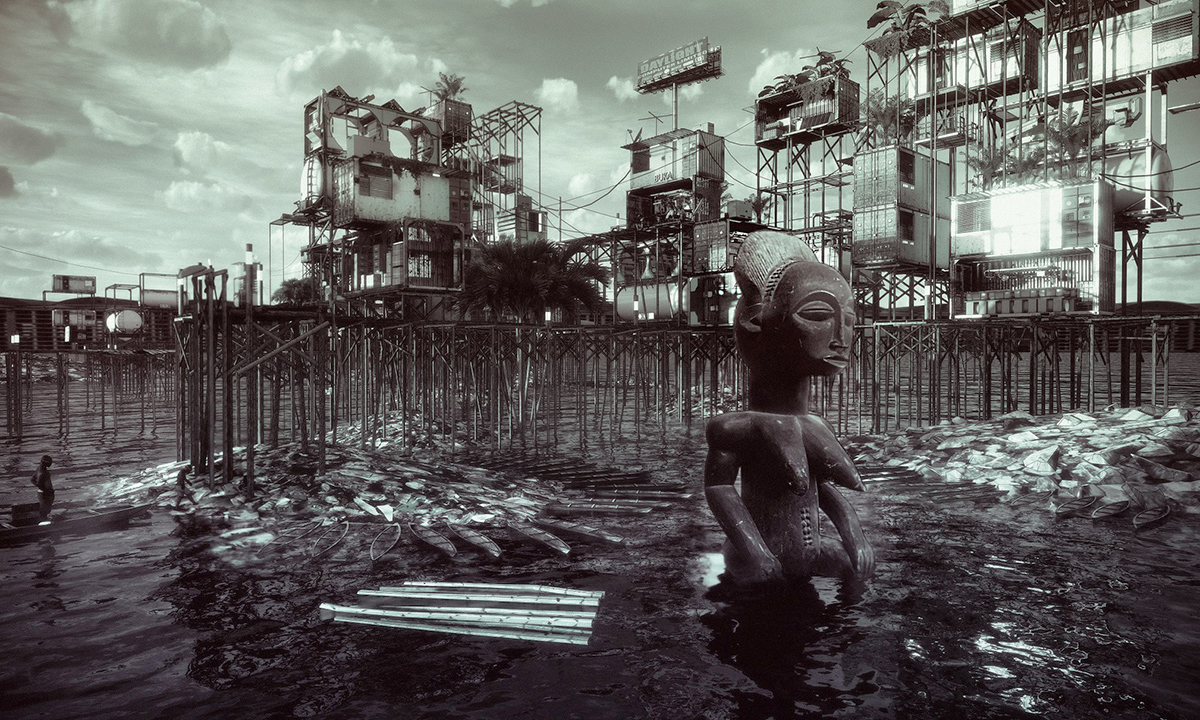
Jeyifous's work with Mpho Matsipa (Johannesburg, South Africa, and New York) appears within "Across Borders" at the Giardini, Central Pavilion. One of five scales explored by the biennale, "Across Borders" encompasses five explorations: Transcending the Urban-rural Divide: mitigating the growing social and economic differences between global cities and the global hinterland; Linking the Levant: negotiating sharp political divisions in the Levant region; Seeking Refuge: examining the spatial challenges of forced displacement; Resourcing Resources: proposing better distribution of our common resources; Protecting Global Commons: bringing the architectural imaginary to engage with endangered treasures such as the Poles, the Amazon, the Oceans, the Indo-Pacific Region, and the Air.
Maria Luisa Palumbo (Ph.D. HAUD '25)
Europe, a Resilient Community? Critical Practices across the Mediterranean Border: Italy Pavilion roundtable
Palumbo is the organizer of a roundtable titled "Europe, a Resilient Community? Critical Practices across the Mediterranean Border," for the Italian Pavilion to be broadcast on Sunday, May 23rd (11:00 a.m. CET / 5:00 a.m. ET ) on Facebook and YouTube. The panel, which includes Assistant Professor of Architectural History and Theory Samia Henni, HAUD, gives space to female scholars and architects to examine how the Mediterranean Sea and its shorelines have been shaped by the migratory movement of people fleeing Africa to reach the EU, and the countermovement of EU civil, legal, and military operations patrolling the Mediterranean to "secure" EU borders. Discussion centers on the paradoxes of the militarization of the southern border of the European Community and considers alternative practices and design strategies for a resilient future.
To purchase tickets for the Venice Biennale of Architecture and to view the agenda of events, openings, and activities, click here.






